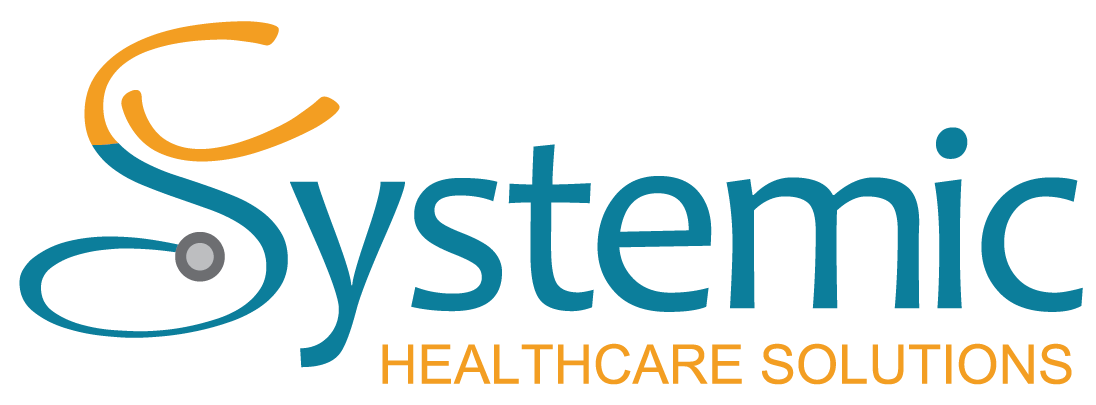You have no items in your cart. Want to get some nice things?
Thankfully, the introduction and adoption of EMRs and add-on complementary software has improved efficiencies of medical clinics over the past 15 years. However the flow of work from provider to administration and back again can still suffer from an inefficient flow and duplication.
How can this happen to medical clinics?
There are many reasons why clinics fall into an inefficient system. One reason can be when introducing an EMR, clinics can neglect to re-engineer a process from paper-based workflow to electronic solution. The result is a hybrid paper/electronic result. Lets look at receiving and processing uninsured service payments as an example. Approximately 80% of the clinics we visit across Canada are not utilizing the billing module in their EMR as it was designed. Some clinics are still handwriting receipts. Some clinics are typing out receipts from a word processing program and summarizing receivables on a spreadsheet. All despite having the tool right at their fingertips to produce this information. Other clinics create an invoice in the billing module, but don’t reconcile it or prepare accounts receivable summary reports. Neglecting this step will not ensure cash collected balances with billing module totals. Clinics run the risk of losing money by not using all the available resources of their billing module for third party and uninsured services.
We often observe staff conducting tasks as they have for years because, “that’s the way we have always done it”. The best way to run a business is by not maintaining the status quo. Medical clinics need to constantly assess and improve their processes. If they don’t, they become bogged down with unnecessary steps. Timely delivery of patient care are affected by inefficiencies.
So what can clinics do to become more efficient?
First off, form a team of perhaps 2-3 administrative staff and providers that are involved with the process along the continuum. Focus on one area at a time, e.g. prescription repeats, or referral processing. Pull apart and document the steps and decisions that are made along the life of the process and create a simple process flow chart. Use Powerpoint, or another software program available for download that is specifically written for creating flow charts or just use plain old paper. Write down everything, I mean everything. You can use various shapes for steps if you want to get technical, but it’s not critical. Once you have all the steps down, go back and start looking at what can be changed, eliminated or integrate technology to streamline. Ask yourselves, “Why are doing this?” Think outside the box and question everything that is done. Respect your team if they come up with suggestions that seem off the wall. Get creative.
For those clinics planning on installing a new EMR, keep in mind it is so much easier to change the workflow with the introduction of a new EMR, rather than adjusting workflow many years later. Start off on the right foot!
